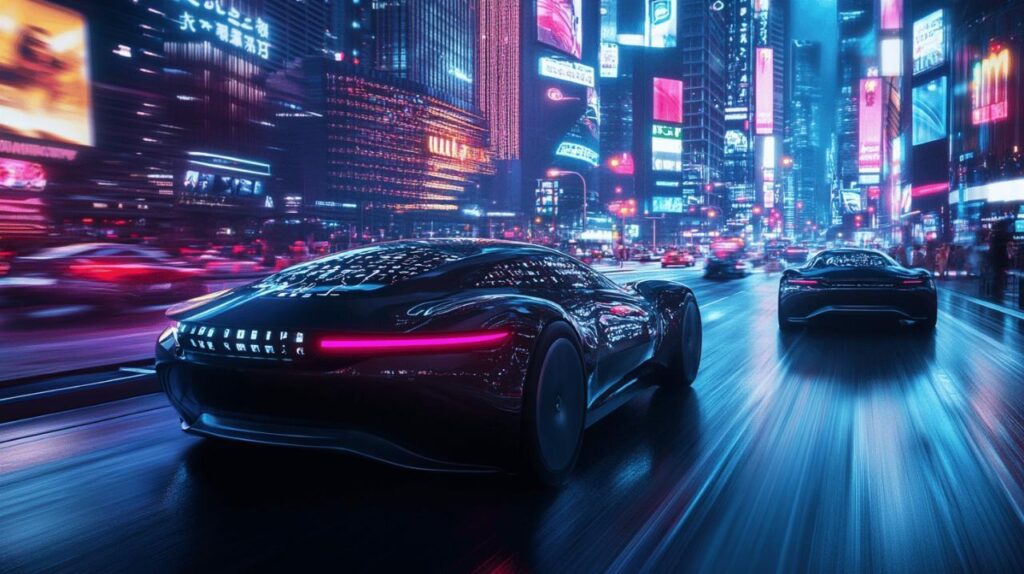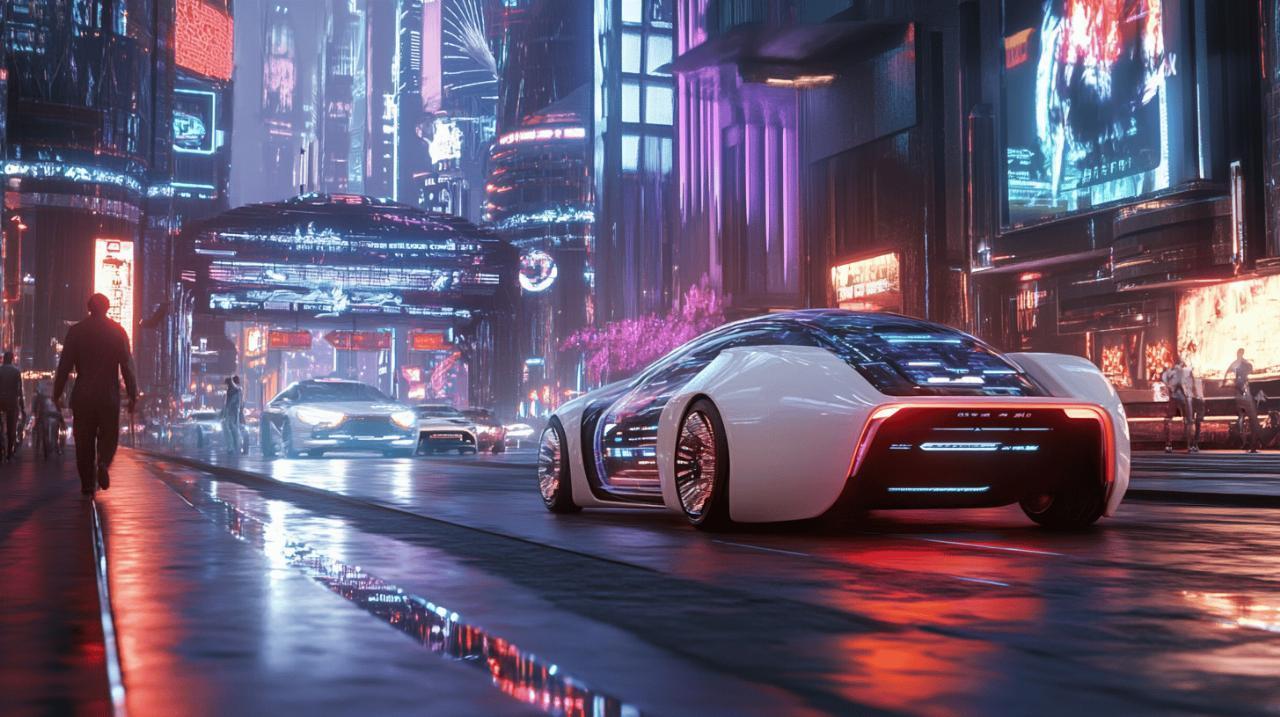The Future of Driving: How Technology Is Changing Cars Forever

As the automotive landscape evolves at an unprecedented pace, today’s innovations are rapidly transforming what once seemed like science fiction into everyday reality. The modern vehicle is no longer just a means of transportation but an intelligent companion that interacts with its environment and anticipates our needs. This technological revolution is reshaping not just how we drive, but our entire relationship with personal mobility.
Smart Connectivity Revolutionizing the Driving Experience
The evolution of vehicle technology has created cars that function more like rolling computers than traditional automobiles. Modern vehicles now incorporate sophisticated connectivity features that allow them to communicate not only with drivers but also with other vehicles and infrastructure. This interconnected ecosystem forms the backbone of what industry experts call “smartmobility,” which you can learn more about at https://www.casajedo.es/ where they explore how technology transforms various aspects of our daily lives, including transportation.
Integrated AI Systems Making Real-Time Decisions
Artificial intelligence has become the invisible co-pilot in modern vehicles, constantly analyzing data from numerous sensors to make split-second decisions. Unlike simple automation, AI systems in cars can learn from driving patterns and adapt to different conditions. These systems power features like adaptive cruise control, which automatically adjusts vehicle speed to maintain safe following distances without driver intervention. Machine learning algorithms continuously improve these capabilities, making each journey safer and more efficient than the last.
Voice assistance technology represents another breakthrough in how we interact with our vehicles. Major tech companies like Amazon are partnering with automotive manufacturers such as BMW to integrate seamless voice command functionality. This allows drivers to control navigation, climate settings, and entertainment systems without taking their hands off the wheel or eyes off the road, significantly reducing distraction-related risks.
Personalized Digital Experiences Inside Modern Vehicles
The concept of personalization extends far beyond seat position memory or temperature preferences in modern vehicles. Today’s infotainment systems create fully customized environments tailored to individual drivers. These sophisticated interfaces remember your favorite routes, music preferences, and even adjust lighting and sound based on your mood or time of day. As vehicles become more connected, they seamlessly integrate with our digital lives, syncing with smartphones, home automation systems, and personal calendars to create a cohesive experience.
Biometric security represents the next frontier in personalized vehicle experiences. Similar to smartphone technology like FaceID, vehicles are beginning to incorporate facial recognition and fingerprint scanning to enhance security while providing effortless access. These systems not only prevent unauthorized use but also automatically adjust vehicle settings to match the identified driver’s preferences, creating a truly personalized driving environment the moment you enter the vehicle.
Autonomous Features Transforming Vehicle Safety
The gradual introduction of autonomous driving technologies has already begun to reshape vehicle safety standards. While fully self-driving cars that allow passengers to nap during their commute remain on the horizon, partial autonomy has quietly become commonplace in many new vehicles. Features once considered premium extras, such as lane departure warning systems and automatic emergency braking, now come standard in many mainstream models, including recent Suzuki vehicles.

Advanced Sensor Technologies Preventing Accidents
The eyes and ears of autonomous vehicles consist of an array of sensors that continuously monitor the surrounding environment with precision far exceeding human capabilities. These include radar systems that detect objects regardless of lighting conditions, cameras that interpret visual information, and lidar sensors that create detailed three-dimensional maps of the vehicle’s surroundings. Working in concert, these technologies can identify potential hazards before they become apparent to human drivers.
Advanced Driver Assistance Systems (ADAS) represent the practical application of these sensor technologies in everyday driving. These systems include features like blind spot detection that alert drivers to vehicles in difficult-to-see areas and cross-traffic alerts that prevent collisions when backing out of parking spaces. The most sophisticated systems can even take temporary control of the vehicle to avoid accidents, intervening with steering or braking inputs when they detect imminent danger that the driver hasn’t responded to.
The Evolution of Self-Driving Capabilities
The journey toward fully autonomous vehicles continues to progress through clearly defined stages of capability. Most current production vehicles feature Level 1 or Level 2 autonomy, where systems assist with specific functions but the driver remains fully responsible for vehicle operation. However, testing of more advanced autonomous systems is already underway in controlled environments, with pilot programs active in cities like London and Oxford exploring how these technologies function in real-world conditions.
The infrastructure supporting autonomous driving is expanding rapidly alongside vehicle technology. There are now over 6500 IoT-connected parking facilities across 300 cities worldwide that support autonomous parking features. These smart garages allow vehicles to navigate parking structures and find spaces without driver intervention, addressing one of the most stress-inducing aspects of urban driving. As this infrastructure continues to expand, we can expect autonomous capabilities to become increasingly practical for everyday use, gradually transforming our relationship with personal transportation.




